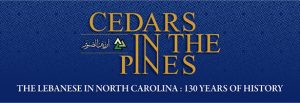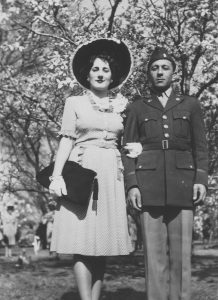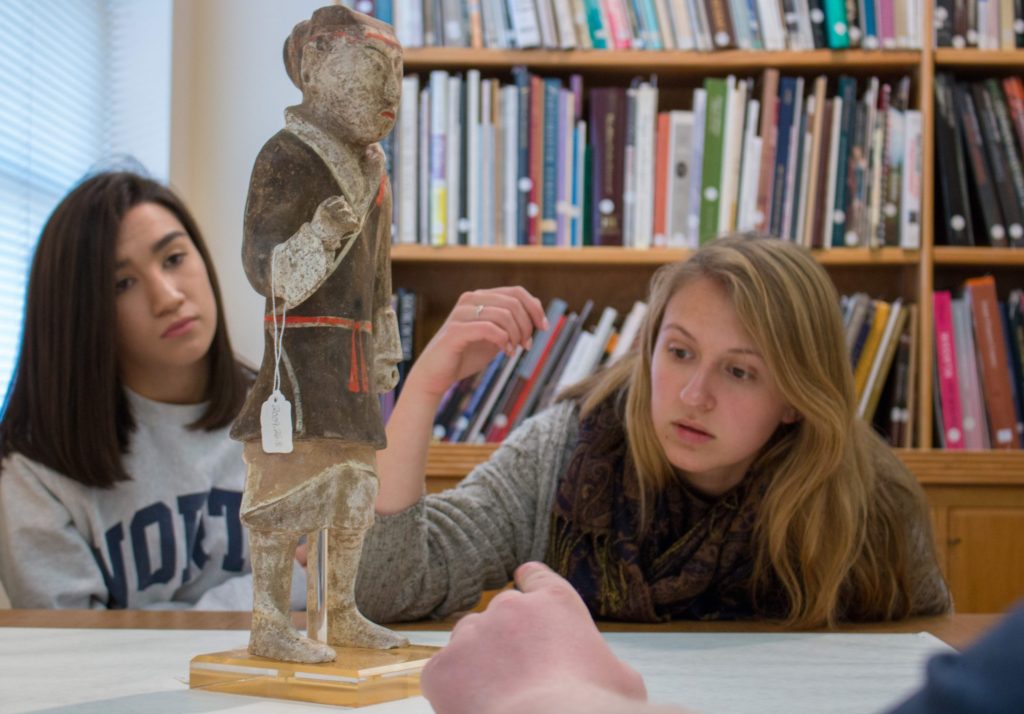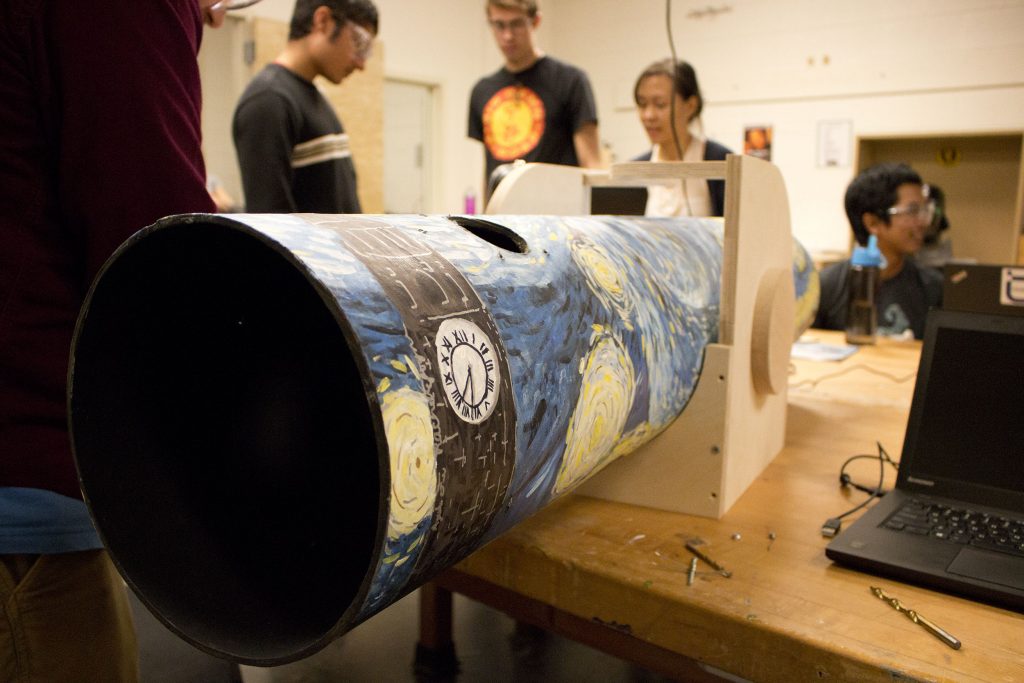
Image courtesy of the Zaytoun family.
UNC’s Digital Innovation Lab (DIL) began working with the Khayrallah Program for Lebanese-American Studies at North Carolina State University two years ago to map the migration and settlement of hundreds of families in North Carolina cities a century ago from what is now Lebanon, but was then a part of the Ottoman Empire.
The idea grew out of a casual conversation between Robert Allen, professor of American studies and director of the DIL, and John Blythe, a staff member of the North Carolina Collection, whose mother’s family was a part of that immigration story.
The DIL is based in the department of American studies in the College of Arts and Sciences.
The digital mapping project, Mapping Early NC Lebanese Households, was unveiled as a part of the North Carolina Museum of History’s “Cedars in the Pines – The Lebanese in North Carolina: 130 Years of History” exhibit on Feb. 21. The project involved more than a dozen students in two DIL-linked graduate seminars, hundreds of hours of labor by undergraduate and graduate research assistants, a technology collaboration with UNC’s Renaissance Computing Institute (RENCI), and significant enhancements of the DIL’s digital humanities software platform, DH Press. (The DIL recently received a national award for developing DH Press).
 “Cedar in the Pines” is both a web site and an interactive digital component of the “Cedar in the Pines” exhibit at the N.C. Museum of History, which runs through Aug. 31. The project explores the Lebanese communities in Goldsboro, Wilmington and Winston-Salem, and information from the cities of Charlotte and New Bern will be added soon.
“Cedar in the Pines” is both a web site and an interactive digital component of the “Cedar in the Pines” exhibit at the N.C. Museum of History, which runs through Aug. 31. The project explores the Lebanese communities in Goldsboro, Wilmington and Winston-Salem, and information from the cities of Charlotte and New Bern will be added soon.
Visitors can visualize Lebanese households in these North Carolina cities from 1900 to 1930 by exploring the geography of Lebanese communities and learning more about Lebanese immigrants, their families, and others — such as boarders — with whom they lived. Additional features — including “Household Spotlights” — delve deeper into the stories of particular families, providing narratives of their experiences as immigrants in North Carolina in the early 20th century.

Image courtesy of the Salem family.
At the beginning of spring term 2014, 16 students in Allen’s DIL-linked American studies First Year Seminar on Family History were introduced to the potential of digital history and to the wealth of primary source material available to UNC students through Ancestry.com and Newspapers.com.
They researched four Lebanese immigrant households and wrote narratives around the census enumerations, immigration records, naturalization petitions and city directory listings in which household members appear. They were able to take advantage of millions of pages of 19th- and early-20th century North Carolina newspapers recently digitized and made accessible to UNC students, faculty and staff through a collaboration between the UNC Library and Ancestry.com subsidiary, Newspapers.com. The students presented their first drafts at a family history workshop for K-12 educators on Jan. 21.
American Studies major Anna Faison has worked as an undergraduate research assistant on the project, and contributed a spotlight narrative on the Baddour family of Goldsboro: http://digital.nclebanese.org/spotlights/baddour/, which will serve as a model for the first-year students’ narratives.
The students are working with Mapping Early NC Lebanese Households project manager Stephanie Barnwell to revise their narratives into Household Spotlights on the site, similar to the one Faison has completed.
With support from the First Year Seminar Office, the class will visit the N.C. Museum of History exhibit in early April and meet and enjoy a Lebanese meal with NC State University professor Akram Khater, director of the Khayrallah Center.
Lessons learned from the project and its data structure are currently being applied to new DIL community history projects, including the “reconstruction” of one of the largest cotton mill villages in North Carolina in the early 1920s, using census enumerations accessed through Ancestry.com, and historic maps provided by the North Carolina Collection.



